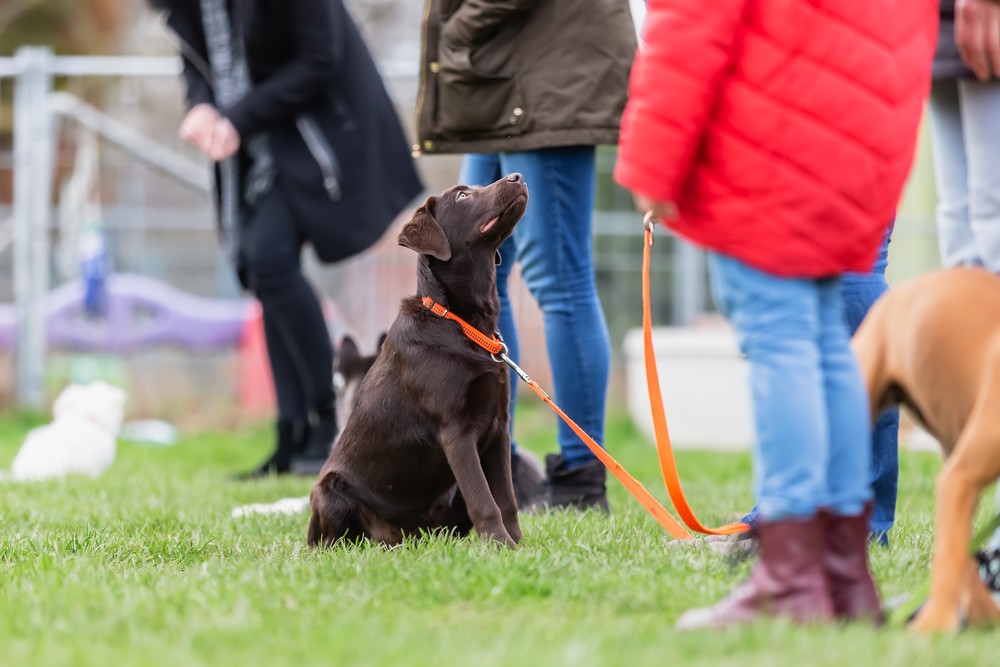Teaching Dogs Generalization: Expanding Behaviors Beyond Contextual Cues
Generalization is a crucial aspect of dog training that enables dogs to apply learned behaviors in various situations. When teaching a new behavior, the environment and cues significantly shape the dog's response. However, if the cues are too closely associated with specific contexts, the dog may need help generalizing the behavior. In this blog post, we will explore the concept of generalization and provide practical tips on teaching dogs to respond to cues regardless of the environment or contextual cues.
The Importance of Generalization
Let's consider an example to illustrate the significance of generalization. Imagine teaching your dog to sit when you put his food bowl down. In this scenario, you cue the dog to sit, place the food bowl on the ground, and release the dog so he can eat. If the sit cue is only associated with the presence of the food bowl, the dog may begin responding to the environmental cues, such as the sight of the food bowl, rather than the specific cue itself. This reliance on contextual cues can hinder the dog's ability to perform the behavior in different situations.
Another common challenge arises when using treats during training. Dogs can become overly reliant on treats, perceiving them as part of the cue for a particular behavior. For example, if a behavior is continuously lured with treats, the dog may begin following the treat rather than responding to the actual cue. This reliance on treats can make it difficult for dogs to perform behaviors without the presence of treats.
Teaching Dogs to Generalize
The ultimate goal is to help dogs understand that a specific cue, such as sit, remains consistent regardless of the environment or contextual cues. Here are some tips to aid in teaching dogs generalization:
Start Small
Teaching generalization requires patience and consistency. Begin by helping your dog generalize a few behaviors to different situations. Once your dog starts understanding this concept, it becomes easier for them to generalize other behaviors.
Vary the Cues
To promote generalization, intentionally change the contextual cues associated with a behavior. For instance, instead of always having treats in your hand or standing in a particular way, try cueing the behavior without these contextual cues. This will help the dog understand that the actual cue, such as sit, is what matters, not the accompanying factors.
Gradual Progression
Introduce changes gradually to ensure the dog can adapt and generalize effectively. For example, practice the behavior with your hands behind your back, sitting on a chair, lying down on the ground, or facing away from the dog. This incremental approach allows the dog to generalize the behavior in different contexts.
Expand the Challenges
Once your dog starts responding to cues in various situations, increase the difficulty level. Test their understanding by sending them to a station (like a mat or cot) without pointing or asking them to lie down while you look up at the ceiling. Experiment with walking backward on a loose leash or jogging while your dog maintains slack in the leash. Try calling your dog from another room or telling them to stay while you walk to a different location out of sight.
Here's a quick video example of me playing with these concepts with Excel.
Troubleshooting and Overcoming Challenges
If you encounter difficulties while teaching generalization, troubleshooting can help you overcome them. Split down the complexity of the behavior into smaller steps that the dog can grasp. For example, if your dog struggles to sit when you're on the floor, try sitting on a chair or leaning on a chair as an intermediate step. If the dog has trouble staying when you leave the room, gradually increase the distance you move away. Splitting the behavior into smaller, manageable parts enhances the learning process.
Teaching dogs to generalize behaviors beyond contextual cues is essential for their ability to listen and compete in different places. Following the tips mentioned in this blog post can help your dog understand that specific cues remain consistent regardless of the environment or accompanying factors. You can empower your dog to respond reliably and confidently, no matter the situation, through patience, consistency, and gradual progress.
By accepting you will be accessing a service provided by a third-party external to https://www.fenzidogsportsacademy.com/
